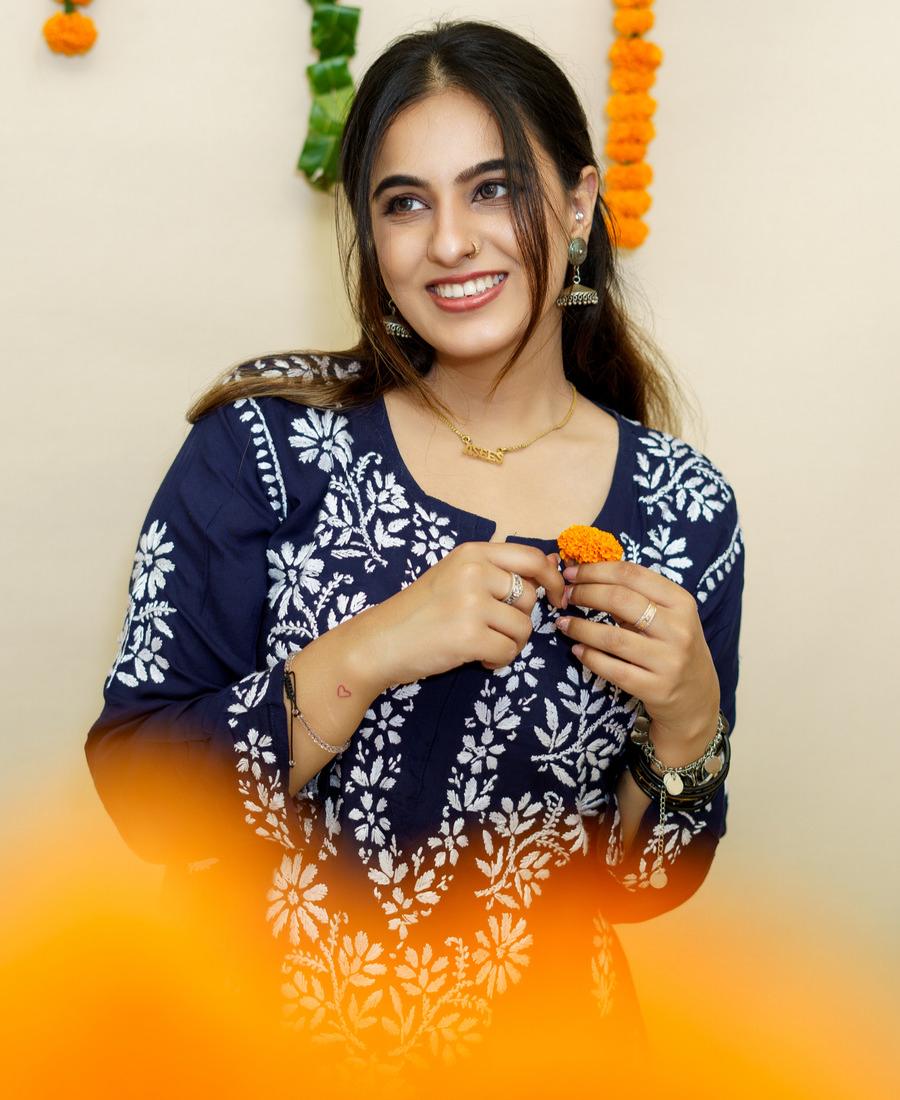EVERYTHING YOU NEED TO KNOW ABOUT CHIKANKARI KURTIS
Chikankari, deeply rooted in Indian tradition, has transcended time to become an epitome of elegance and style. As you explore the exquisite world of chikankari, you'll find a harmonious blend of history, techniques, and timeless beauty that makes chikankari kurtis a wardrobe essential for women from all walks of life.
The Origin of ChikankariChikankari, an art form born from the delicate interplay of threads, finds its roots in the Persian word 'Chakin,' resonating with the intricate beauty it brings to any fabric. Its captivating narrative takes us on a historical journey through time, tracing its origins back to the 3rd Century BC. As the Mughals graced the pages of history, they bestowed upon the world a symbol of unmatched sophistication – Chikankari.
Noor Jahan, a luminary in her own right and the esteemed wife of Emperor Jahangir played a pivotal role in elevating Chikankari to a cultural treasure. Her patronage and passion wove this art form seamlessly into the vibrant tapestry of Indian heritage, where it continues to thrive and enchant.
Different Types of Chikankari Stitches and TechniquesChikankari embroidery is like a beautiful story whispered through every stitch, bringing out timeless beauty with those delicate threads. It's not just an art; it's a mindful journey. 
How Chikankari Kurtis Are Made

The beauty of Chikankari kurtis reflects the skill and dedication passed down from one generation of artisans to the next. After block printing, each fabric is carefully cut and each thread is hand-stitched with precision, turning every Chikankari piece into a one-of-a-kind work of art.



